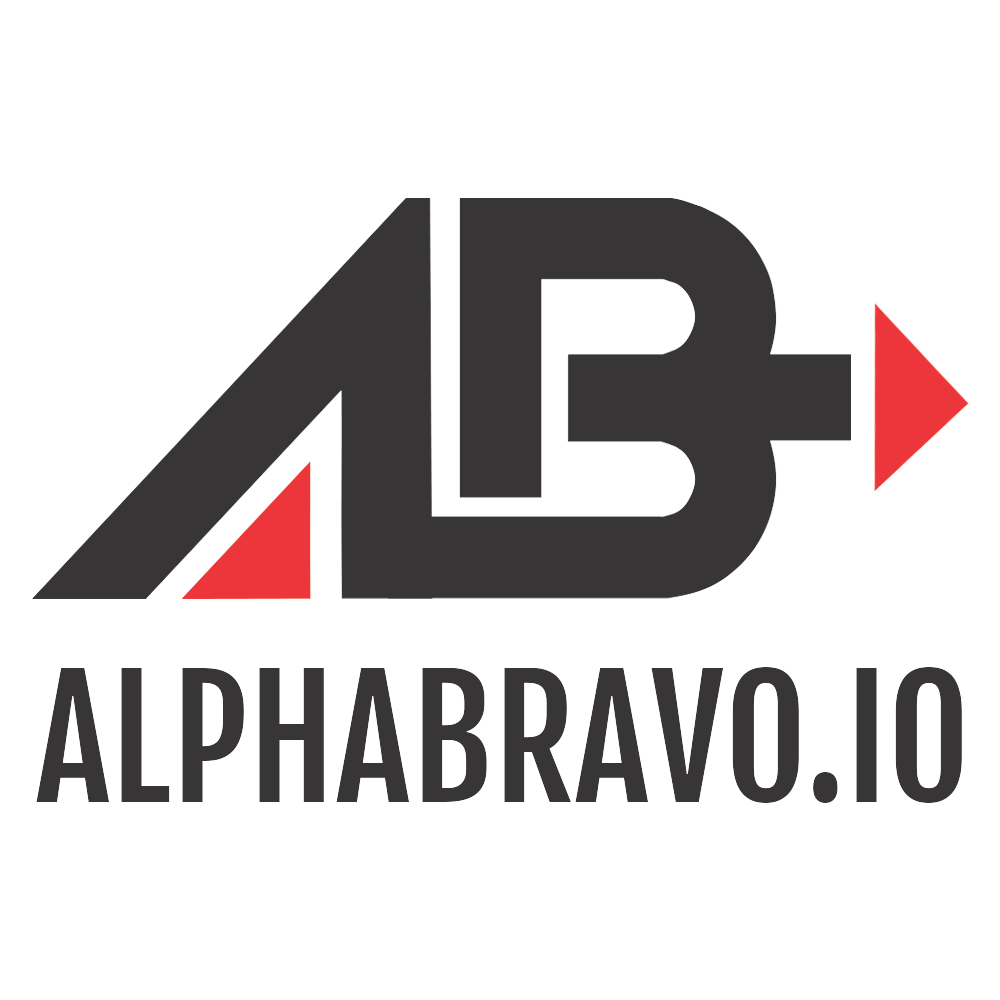SonarQube: The Federal Government's Secret Weapon Against Code Chaos

Picture this: somewhere in a government building, a developer is frantically debugging code at 2 AM while muttering about legacy systems that predate the moon landing. Meanwhile, across the hall, a security officer is having recurring nightmares about SQL injection attacks bringing down critical infrastructure. Sound familiar? Well, federal agencies have found their knight in shining armor, and it goes by the name SonarQube. Spoiler alert: it's not another acronym-heavy government initiative that nobody understands.
When Uncle Sam Discovered Static Code Analysis (And It Was Love At First Scan)
Federal software development has come a long way from the days when "security" meant keeping the server room locked and hoping for the best. Today's government agencies handle everything from national defense systems to citizen services, and the stakes couldn't be higher. One poorly written piece of code could potentially compromise sensitive data, disrupt critical operations, or worse, become the subject of a very uncomfortable congressional hearing.
Enter SonarQube, the open-source static code analysis tool that's been quietly revolutionizing how federal agencies approach secure coding. Think of it as a really smart, never-sleeping code reviewer who doesn't need coffee breaks and won't judge you for that creative variable naming convention you used at 3 AM. SonarQube performs automated code inspection without executing the program, identifying bugs, security vulnerabilities, code smells, and other issues that don't match coding standards.
The beauty of static analysis lies in its proactive nature. Instead of waiting for problems to surface in production (when they're exponentially more expensive and embarrassing to fix), SonarQube catches issues during development. It's like having a crystal ball, but for code quality, and significantly more reliable than your average government contractor's timeline estimates.
The DoD's Love Affair With Secure Coding Standards (It's Complicated)
The Department of Defense doesn't mess around when it comes to software security, and frankly, neither should anyone handling taxpayer-funded projects. DoD Directive 8500.1 and the Application Security and Development Security Technical Implementation Guide (AS&D STIG) aren't just suggestions; they're mandates that carry the weight of military precision. These guidelines require development teams to follow specific coding standards, and the STIG includes nearly 300 findings, with 32 being category I (translation: really, really important).
The AS&D STIG covers secure coding practices designed to prevent common vulnerabilities like injection attacks, buffer overflows, and improper input validation. It's essentially a comprehensive playbook for writing code that won't make security professionals lose sleep or cause international incidents. The guidelines mandate that program managers ensure development teams follow established coding standards, which is where SonarQube becomes invaluable.
SonarQube's security analysis capabilities align perfectly with these federal requirements. The platform distinguishes between two types of security issues: vulnerabilities and hotspots. Vulnerabilities are definite problems that require immediate attention, like SQL injection flaws that could allow unauthorized database access. Hotspots, on the other hand, are security-sensitive code sections that warrant review but may not always require fixes depending on the application context.
This distinction is particularly valuable in federal environments where context matters immensely. A security hotspot in a public-facing citizen portal might require different treatment than the same issue in an internal administrative tool. SonarQube provides the intelligence to make these distinctions without overwhelming developers with false positives.
Early Detection: Because Nobody Wants to Explain a Security Breach to Congress
The golden rule of software security is catching problems early, and SonarQube excels at this like a bloodhound trained specifically for code vulnerabilities. The platform's static analysis engine uses sophisticated taint analysis technology to trace data flow from user-controlled inputs to sensitive functions. This means it can detect injection vulnerabilities by following the path that potentially malicious data takes through your application.
For federal projects, this early detection capability is worth its weight in classified documents. Consider the cost difference between fixing a security vulnerability during development versus after deployment. Studies show that bugs found in the earliest stages of the Software Development Life Cycle are dramatically cheaper to fix than those discovered in production. When you're dealing with federal budgets and oversight, these cost savings translate to real dollars that can be allocated to other critical initiatives.
SonarQube's comprehensive security analysis covers industry-recognized standards including OWASP Top 10, PCI DSS, STIG, and CWE Top 25. This broad coverage ensures that federal projects aren't just meeting basic security requirements but are actually following best practices recognized across the cybersecurity community. It's like having a security consultant who's read every relevant standard and can apply them consistently across your entire codebase.
The platform's Advanced SAST capability takes this even further by analyzing interactions with third-party open-source libraries. Given that modern software development heavily relies on open-source components, this feature helps uncover hidden vulnerabilities that might occur due to how your code interacts with external libraries. For federal agencies dealing with complex technology stacks, this comprehensive analysis is essential for maintaining security across the entire application ecosystem.
GitLab Integration: Where DevSecOps Dreams Come True
Modern federal development teams have embraced DevOps practices, and GitLab has become a popular choice for managing code repositories and CI/CD pipelines. SonarQube's integration with GitLab creates a seamless workflow where security analysis becomes an automated part of the development process rather than an afterthought.
With this integration, developers can authenticate using their GitLab credentials, import projects directly into SonarQube, and integrate analysis into their build pipelines. The real magic happens with merge request decoration, where quality gate results appear directly in GitLab, allowing teams to see whether code changes are safe to merge without leaving their familiar development environment.
This integration supports both GitLab self-managed and GitLab SaaS subscriptions, providing flexibility for federal agencies with different infrastructure requirements. For agencies using GitLab CI/CD, SonarScanners can automatically detect branches or merge requests being built, eliminating the need to manually specify parameters. It's automation that actually makes sense and saves time rather than creating more complexity.
The ability to prevent merge requests when quality gates fail adds an extra layer of protection. This feature ensures that code meeting security and quality standards makes it into the main branch, creating a natural checkpoint that prevents problematic code from advancing through the development pipeline. For federal projects where code quality directly impacts mission success, this automated gatekeeper function is invaluable.
Federal Agencies Leading by Example (Yes, Really)
The federal government's adoption of SonarQube isn't just theoretical; it's happening at scale across multiple agencies. With more than 1,000 live instances, SonarQube Server is trusted by leading federal organizations including the FBI, NASA, and the U.S. Department of Justice. These aren't pilot projects or experimental implementations; they're production deployments supporting mission-critical operations.
NASA, for instance, uses SonarQube for software that literally needs to work perfectly in space, where debugging isn't exactly a viable option. The FBI relies on it for applications that support national security operations. When agencies with these kinds of requirements trust a tool with their most critical code, it speaks volumes about both the platform's capabilities and its reliability.
The Department of Defense has given SonarQube its stamp of approval by including STIG-hardened Docker images in Iron Bank, their secure container registry. Iron Bank maintains strict container hardening standards aligned with DoD requirements, and the inclusion of SonarQube images demonstrates the platform's compliance with federal security standards. These hardened images undergo rigorous security testing, and any findings must either be patched or have risk acceptance from the Chief Software Office.
BAE Systems, a major defense contractor, selected SonarQube as their enterprise-wide solution for code quality and security after it outperformed other vendors in analysis speed, breadth of issue detection, and ease of administration. Their implementation resulted in saving more than 15 hours per week on addressing bad code and enabled them to standardize code quality expectations across the organization while meeting strict defense industry compliance requirements.
The NIST SSDF Connection: Making Compliance Less Painful
The National Institute of Standards and Technology's Secure Software Development Framework (NIST SSDF) provides guidance for secure software development practices, and SonarQube directly supports compliance with these requirements. The SSDF explicitly calls for static analysis tools to automatically check code for vulnerabilities, making SonarQube a natural fit for organizations following this framework.
SonarQube addresses all four key SSDF practices: Prepare the Organization, Protect the Software, Produce Well-Secured Software, and Respond to Vulnerabilities. The platform integrates seamlessly into existing toolchains, provides automated code analysis throughout the SDLC, and allows organizations to configure quality profiles and security engine configurations to match their specific policies.
This alignment with NIST guidance is particularly valuable for federal agencies that need to demonstrate compliance with cybersecurity frameworks. Rather than treating security analysis as a separate compliance exercise, SonarQube makes it an integral part of the development process. This approach not only improves security outcomes but also reduces the administrative burden associated with proving compliance.
Open Source Advantages in Government Settings
The open-source nature of SonarQube provides significant advantages for federal agencies beyond just cost considerations. Government organizations often face unique requirements around transparency, customization, and vendor independence that commercial solutions struggle to address. With SonarQube Community Build available under the GNU Lesser GPL License, agencies have access to the source code and can modify or extend the platform as needed.
This transparency is particularly valuable in federal environments where understanding exactly how security tools operate is essential for risk assessment and approval processes. Unlike black-box commercial solutions, SonarQube's open-source foundation allows security teams to examine the analysis algorithms and understand precisely how vulnerabilities are detected.
The platform's extensive language support covers over 30 programming languages, making it suitable for the diverse technology stacks common in federal environments. Whether an agency is maintaining legacy COBOL systems or developing modern cloud-native applications, SonarQube can analyze the code and provide consistent security feedback.
Real-World Impact: Numbers That Actually Matter
The practical benefits of implementing SonarQube in federal projects extend beyond compliance checkboxes and security theater. Organizations report tangible improvements in both security posture and development efficiency. The Consortium for IT Software Quality estimates that poor code quality costs companies millions of dollars annually, and federal agencies using SonarQube report marked decreases in production incidents and technical debt reduction of up to 50%.
These metrics translate to real operational improvements. When development teams spend less time dealing with technical debt and fixing preventable bugs, they can focus more on delivering features that support mission objectives. The average developer spends about 20% of their time dealing with technical debt, but organizations using SonarQube can reduce this to around 10%, representing a significant productivity gain.
For federal agencies operating under strict budget constraints and oversight, these efficiency improvements directly impact project success. Faster development cycles, fewer production issues, and reduced maintenance costs all contribute to better outcomes for citizens and more effective use of taxpayer resources.
The Human Element: Making Developers' Lives Better
Beyond the technical capabilities and compliance benefits, SonarQube succeeds because it makes developers' work more enjoyable and productive. The platform provides contextual guidance and best practices directly within the development workflow, helping developers learn and improve their coding skills. This educational aspect is particularly valuable in federal environments where hiring experienced developers can be challenging.
The Clean as You Code methodology that SonarQube promotes focuses on ensuring new code meets quality standards without requiring teams to fix all existing technical debt immediately. This approach allows projects to make forward progress while gradually improving overall code quality, a pragmatic solution for federal agencies dealing with large legacy codebases.
SonarQube for IDE brings analysis capabilities directly into developers' integrated development environments, providing real-time feedback as code is written. This immediate feedback loop helps developers catch and fix issues before they even commit code, reducing the iteration time between writing code and receiving security feedback.
Looking Forward: The Future of Federal Software Security
As federal agencies continue to modernize their technology infrastructure and adopt cloud-native architectures, the need for robust security analysis tools will only grow. SonarQube's evolution to support advanced scenarios like AI-assisted development and compliance with emerging policies demonstrates its continued relevance. The recent OMB memoranda on AI use in government specifically highlight the importance of maintaining code quality and security when using AI coding tools, an area where SonarQube's automated analysis proves invaluable.
The platform's scalability and enterprise features position it well for large-scale federal deployments. With centralized dashboards for tracking code quality and security metrics across multiple projects, SonarQube provides the visibility and control that federal IT leaders need to manage complex development portfolios.
Wrapping Up: Why Your Government Code Deserves Better
Federal software development has come a long way from the days of hoping for the best and crossing fingers during deployments. With SonarQube providing comprehensive static analysis, early vulnerability detection, and seamless integration with modern development workflows, government agencies finally have a tool that matches their security requirements without compromising development velocity.
The widespread adoption across federal agencies, from NASA's space missions to the FBI's critical operations, demonstrates that SonarQube isn't just another development tool. It's a platform that enables government developers to write secure, maintainable code while meeting the stringent compliance requirements that come with handling public trust and taxpayer resources.
The next time someone complains about government inefficiency, you can point to SonarQube implementations across federal agencies as proof that sometimes, the government actually gets technology right. And unlike many government initiatives, this one comes with clear metrics, proven results, and the occasional developer who's genuinely happy with their tools. In the world of federal IT, that's practically a miracle worth celebrating.

